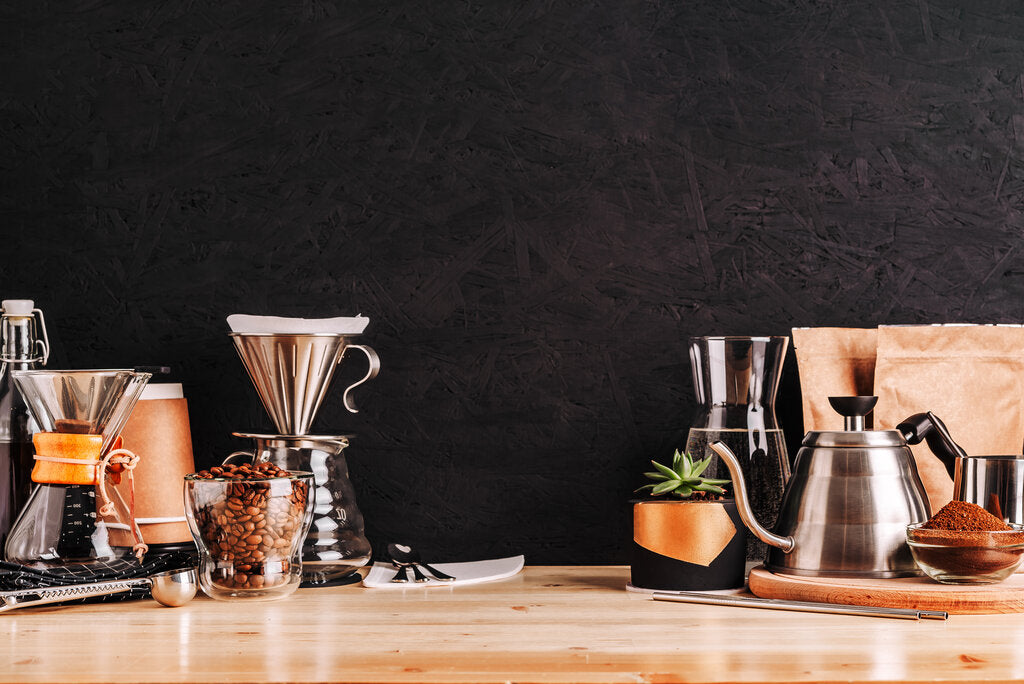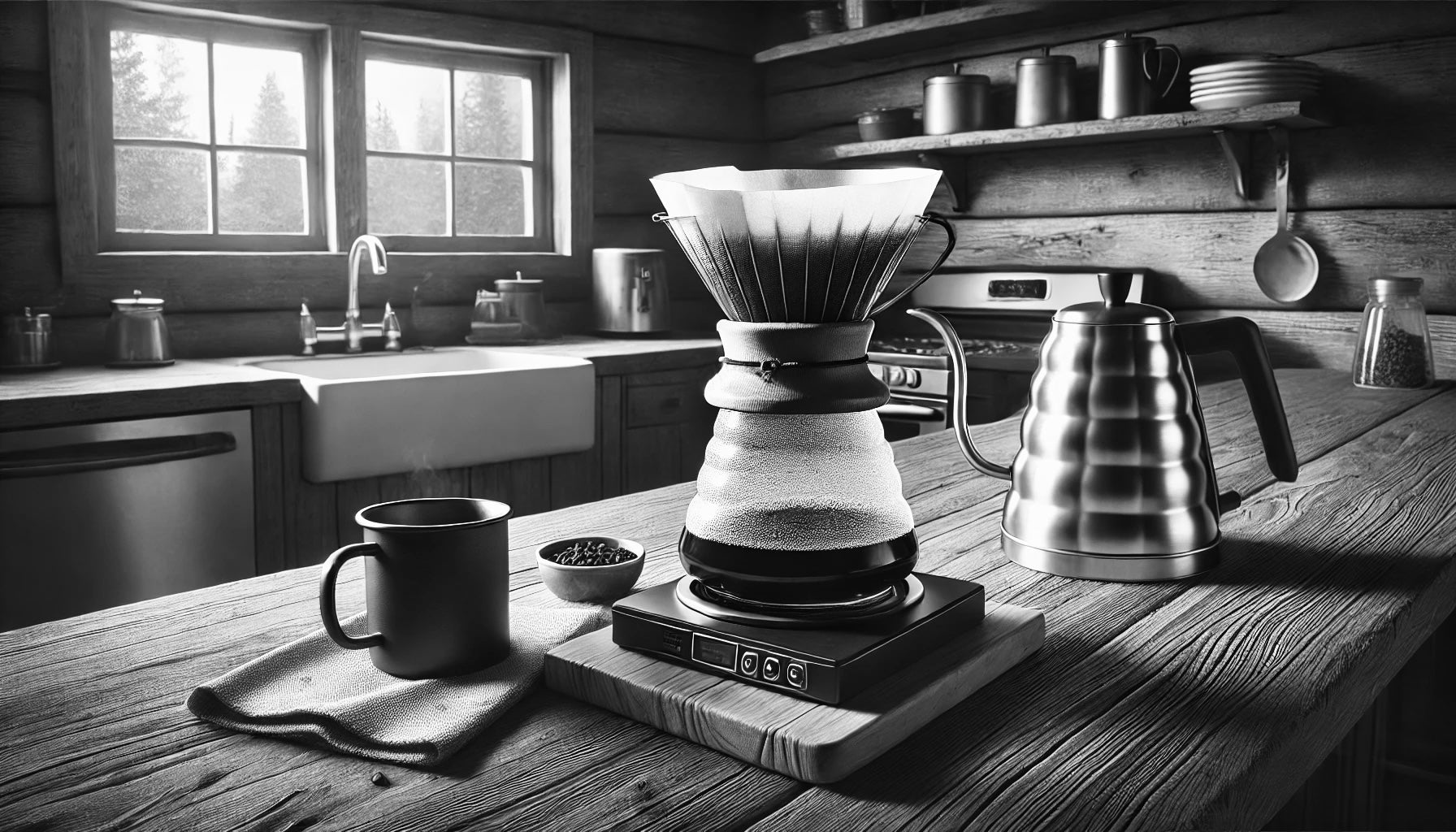Coffee Brewing Methods: Unlocking the Secrets to the Perfect Cup at Home
Coffee Brewing Methods: Unlocking the Secrets to the Perfect Cup at Home
Blog Article
The Scientific Research Behind Coffee Developing: Exactly How Temperature Level and Time Affect Your Beverage
Recognizing the scientific research behind coffee developing discloses that temperature and time are not mere variables yet critical elements that dictate the beverage's taste profile and general top quality. As we discover the subtleties of these components, the concern emerges: how can one properly equilibrium temperature level and time to accomplish that excellent mixture?
The Chemistry of Coffee Removal
The chemistry of coffee removal delves into the intricate processes that transform raw coffee beans into the aromatic beverage appreciated worldwide. This makeover mainly includes the solubility of different compounds present in the beans, which are affected by factors such as grind dimension, water high quality, and the developing approach employed.
During the developing process, warm water functions as a solvent, removing soluble compounds, including caffeine, acids, sugars, and lipids, from the coffee premises. Each substance contributes to the flavor account, fragrance, and body of the final beverage. As an example, acids are accountable for tasty and intense notes, while oils add to a rich mouthfeel.
The first phases of brewing essence acids and sugars, leading to a pleasurable acidity, while long term removal can lead to anger due to over-extraction of unfavorable compounds. Recognizing these chemical communications is vital for maximizing brewing methods, as the balance in between removal time and water temperature level can substantially affect the total top quality of the coffee.
Perfect Brewing Temperatures
Locating the ideal brewing temperature is essential for unlocking the complete potential of coffee tastes and aromas - coffee brewing methods. Research suggests that the optimum variety for brewing coffee exists between 195 ° F to 205 ° F(90 ° C to 96 ° C) Within this array, the removal process properly liquifies the preferable soluble substances in coffee beans, causing a flavorful and balanced cup
Developing at lower temperature levels, such as below 195 ° F(90 ° C ), may cause under-extraction, producing a weak and acidic mixture with muted tastes. Alternatively, developing at temperatures surpassing 205 ° F(96 ° C) can bring about over-extraction, creating a harsh and bitter preference due to the too much dissolution of unwanted compounds, such as tannins.
In addition, the optimal developing temperature can differ depending upon the coffee bean kind and roast level. For example, lighter roasts often benefit from a little higher temperatures to boost their complicated flavor accounts, while darker roasts may be much better suited to lower temperature levels to minimize anger.
Eventually, maintaining precision in brewing temperatures is essential for accomplishing an unified balance of flavors, guaranteeing that every cup of coffee delivers an enjoyable sensory experience.
Effect of Developing Time
Developing time plays an essential role in figuring out the flavor account and total top quality of coffee. Shorter brewing times can result in under-extraction, leading to a weak or sour flavor, as not enough soluble compounds are dissolved.
Optimum developing time differs depending upon the technique utilized and the grind dimension of the coffee. For example, a these details French press typically calls for about four minutes, while coffee extraction is normally completed within 25 to 30 secs. It is necessary to calibrate developing time in conjunction with various other variables, such as water temperature level and coffee-to-water ratio, to attain the preferred flavor account.
Comprehending the influence of brewing time makes it possible for coffee lovers to fine-tune their developing methods, inevitably boosting the sensory experience of their cup (coffee brewing methods). With careful focus to this variable, one can unlock the complete capacity of the coffee, disclosing its distinct features and nuances
Brewing Methods and Their Effects

As an example, approaches like French press and cold brew enable a much longer steeping time, resulting in a fuller body and robust flavor because of raised extraction of oils and soluble solids. Conversely, espresso brewing utilizes high stress and a much shorter removal time, creating a focused shot that emphasizes intense flavors and an abundant crema.
Pour-over strategies, such as Chemex or V60, supply a more controlled extraction procedure, allowing the maker to control flow rate and water circulation, which can boost brightness and clarity. Percolation approaches cycle water with the coffee grounds multiple times, leading to a stronger, commonly bitter flavor.
Finally, making use of paper filters versus steel filters can additionally impact the final taste; paper filters normally yield a cleaner mug by trapping oils and great fragments, while steel filters enable more oils to pass through, adding to a fuller mouthfeel - coffee brewing methods. Recognizing these subtleties can raise the coffee experience considerably
Tips for Refining Your Mixture
A well-executed brew can change also the most basic coffee right into a remarkable experience. Grind the beans simply prior to brewing to maximize quality, guaranteeing the work dimension matches your developing technique-- coarser for French press and finer for coffee.
Water quality plays a vital role; usage filteringed system water without pollutants. The ideal brewing important source temperature level ranges in between 195 ° F and 205 ° F(90 ° C to 96 ° C ) Too hot can swelter the coffee, while also trendy might under-extract flavors.
Timing is similarly essential. For immersion approaches, steeping for three to five mins is optimum, whereas drip methods usually take about 5 mins. Experiment with brew times to discover your preferred toughness.

Final Thought
In summary, the elaborate connection in between temperature level and time is extremely important in the coffee developing procedure. Sticking to optimal brewing temperatures between 195 ° F and 205 ° F, together with precise timing tailored to each method, makes certain the wanted taste profile is attained. Recognizing these clinical principles encourages people to fine-tune their brewing strategies, inevitably bring about an extra well balanced and delightful coffee experience. Proficiency of these aspects is essential for any kind of coffee fanatic seeking excellence in their beverage.
Understanding the scientific research behind coffee developing exposes that temperature and time are not plain variables but crucial aspects that determine the drink's flavor account and general top quality. Comprehending these chemical communications is essential for enhancing brewing methods, as the balance in between removal time and water temperature level can considerably influence the total top quality of the coffee.Developing time plays an essential duty in figuring out the flavor profile and overall high quality of coffee. By concentrating on these components-- bean top quality, grind size, water temperature level, steeping time, and proportion-- you can raise your coffee developing process, resulting in a regularly superior cup.
In recap, the detailed relationship in between temperature level and time is paramount in the coffee brewing procedure.
Report this page